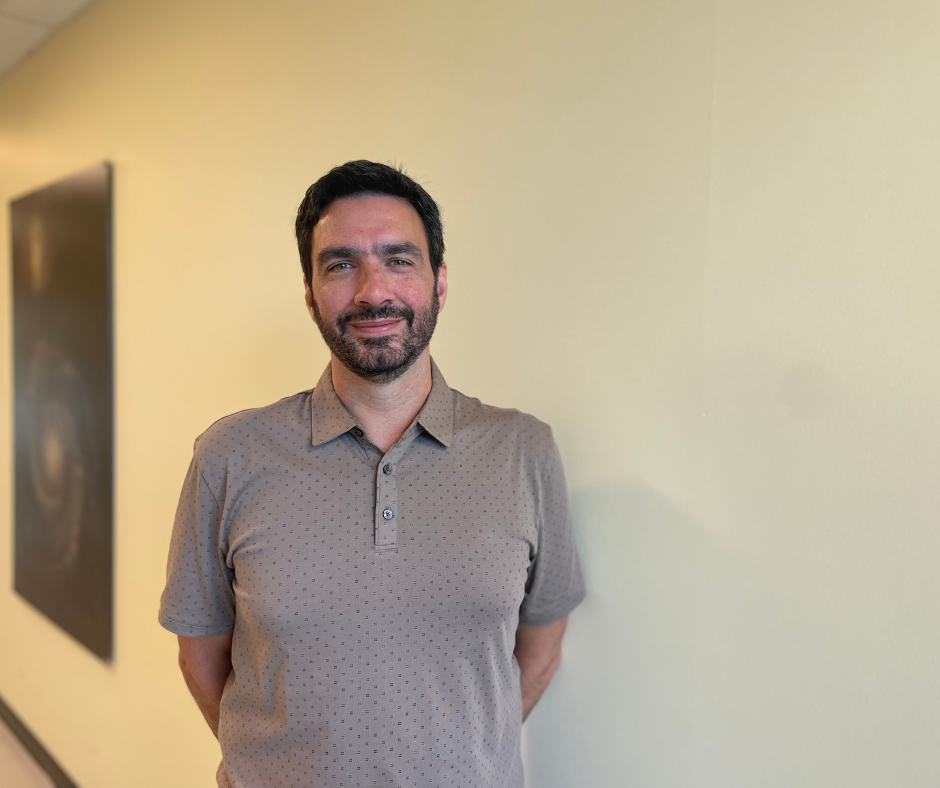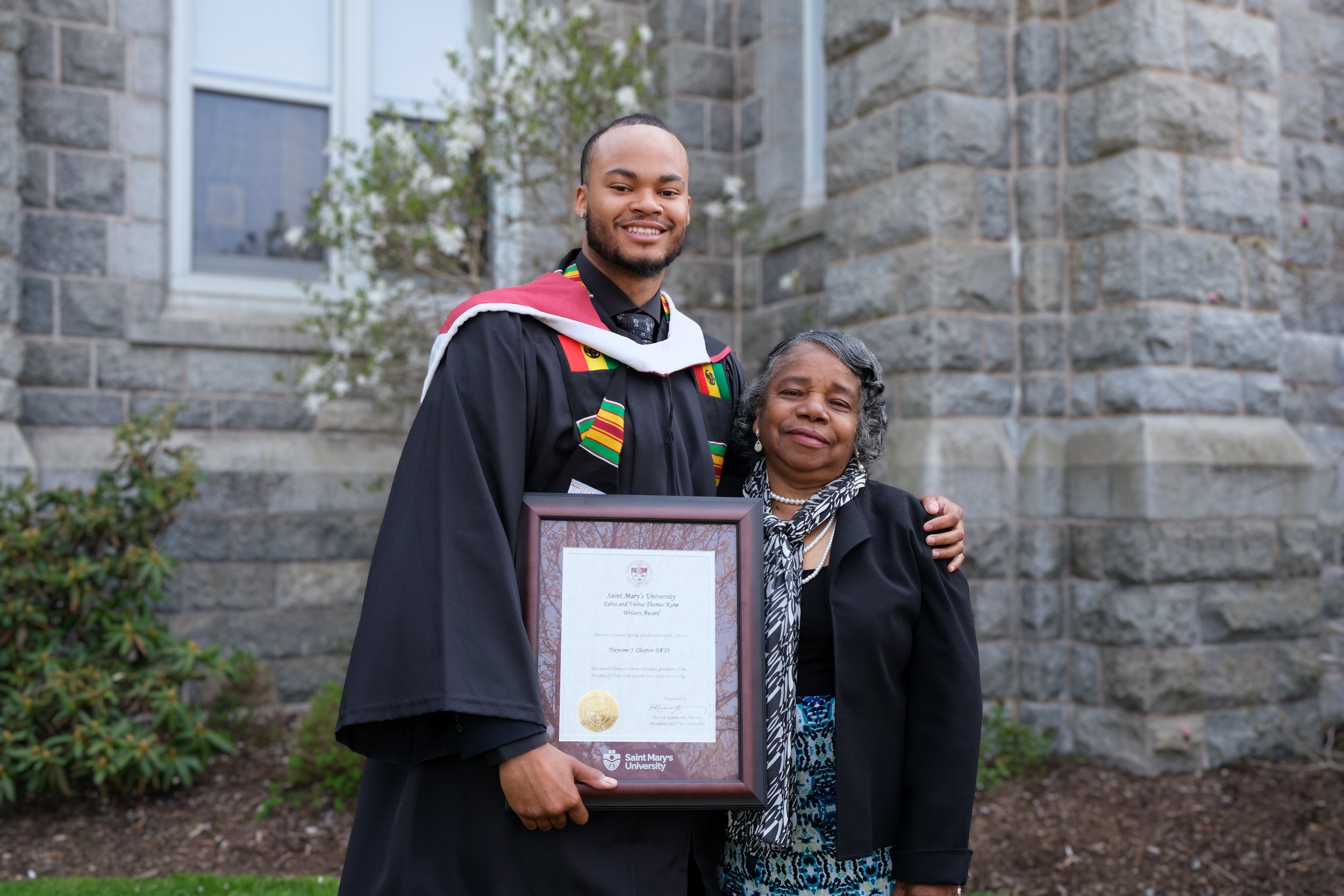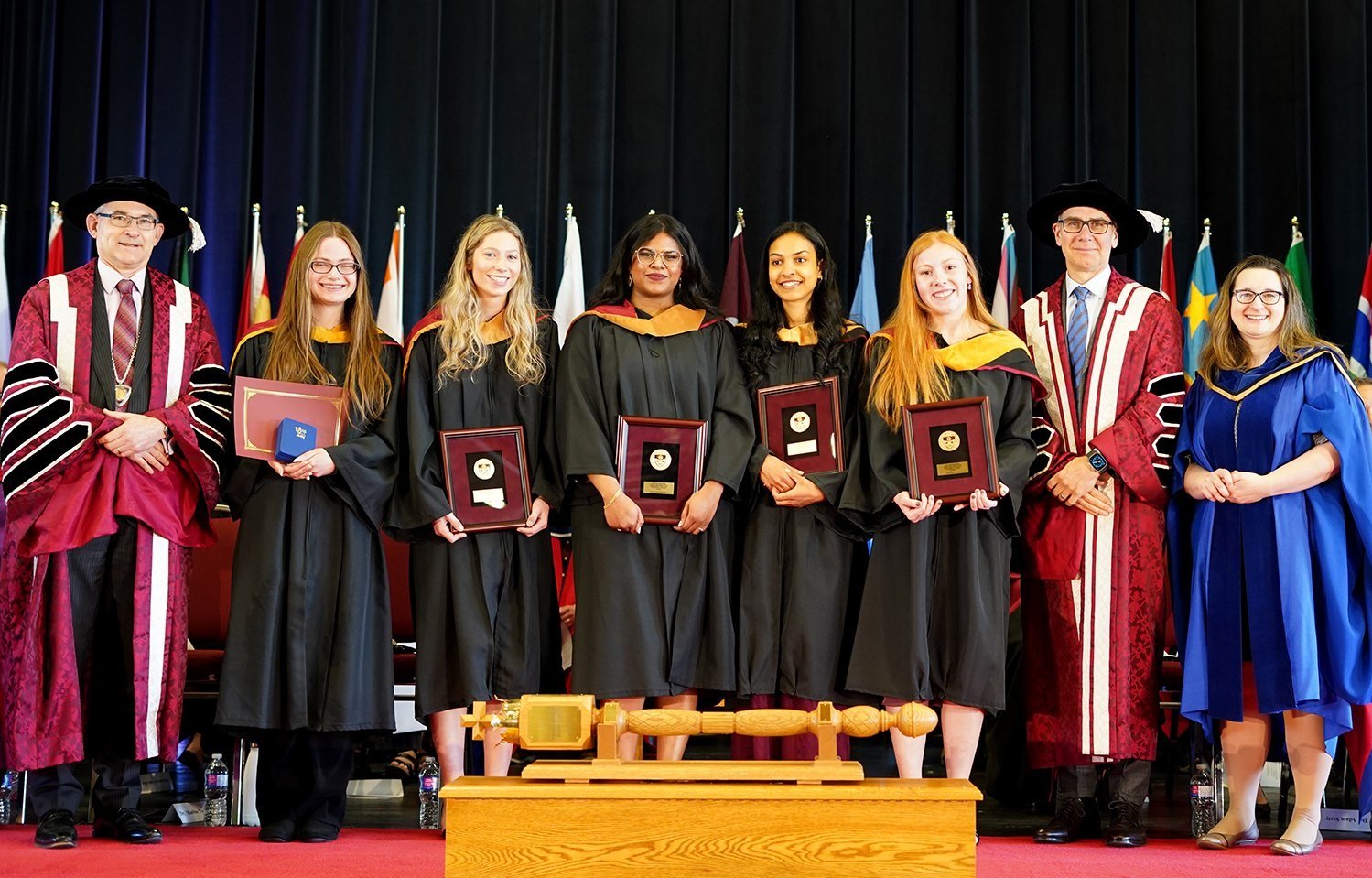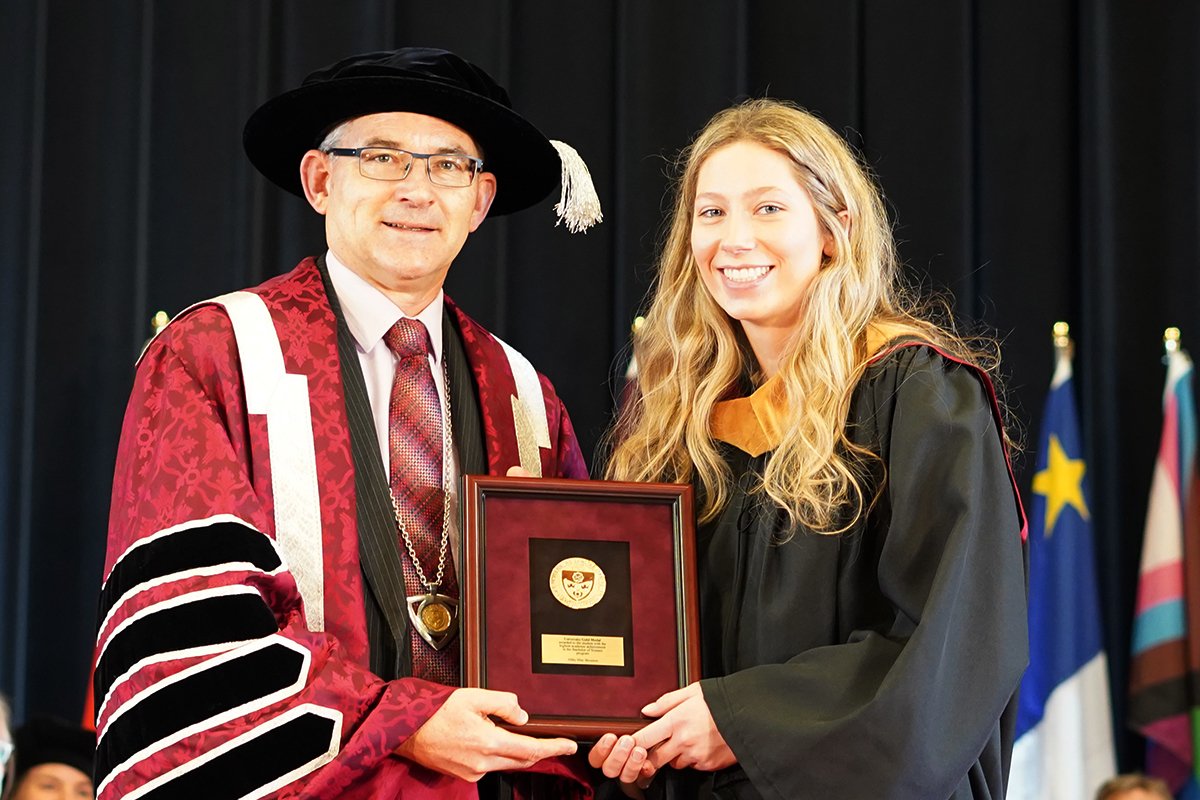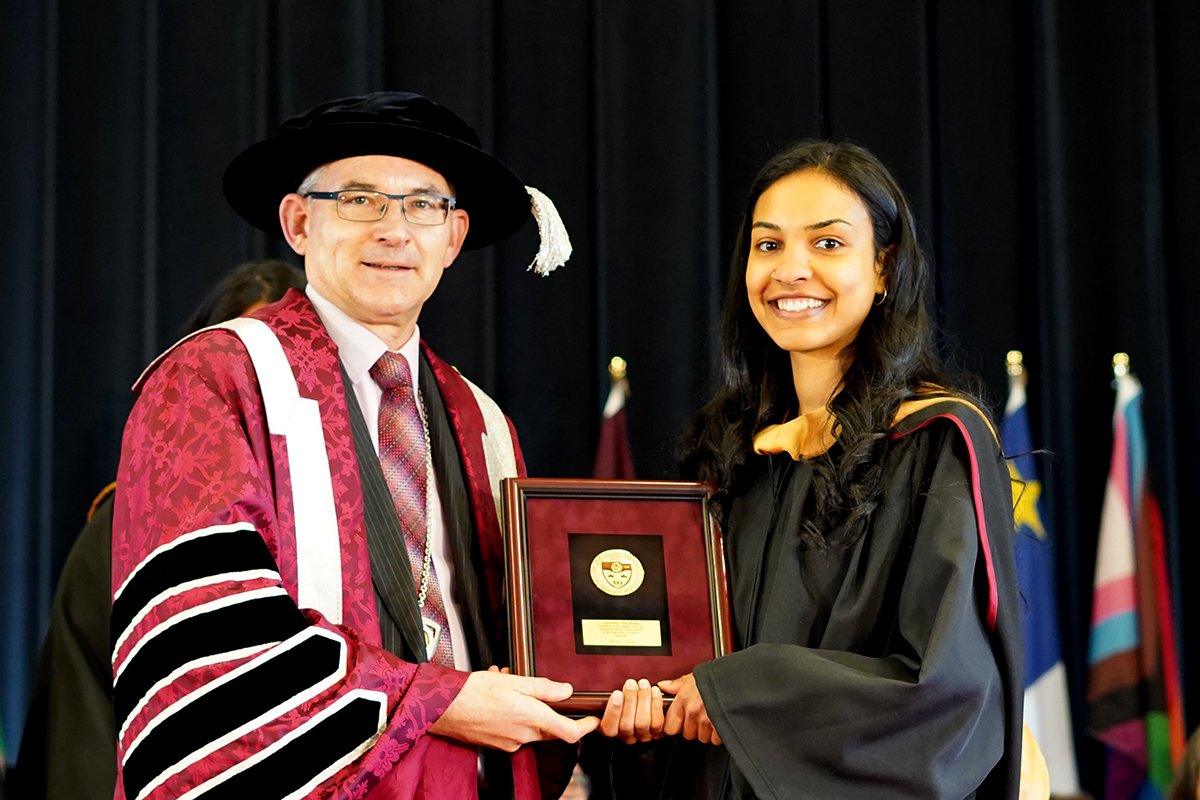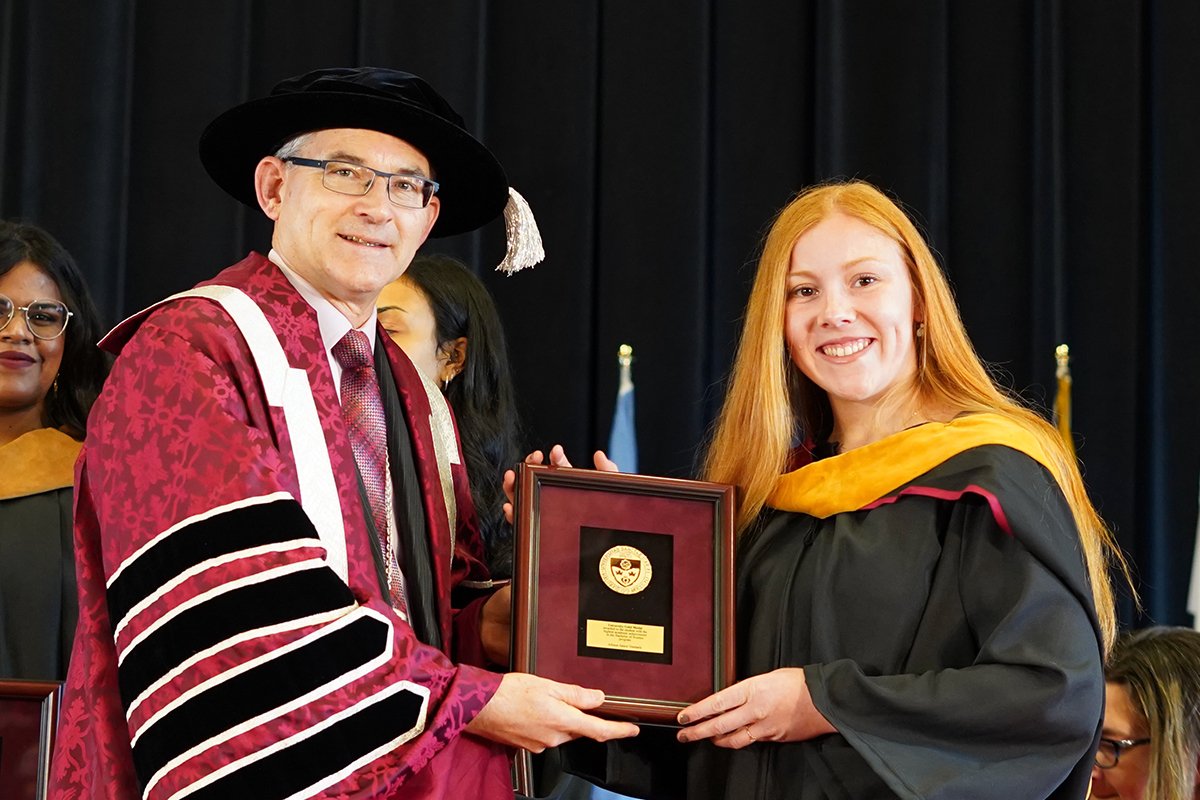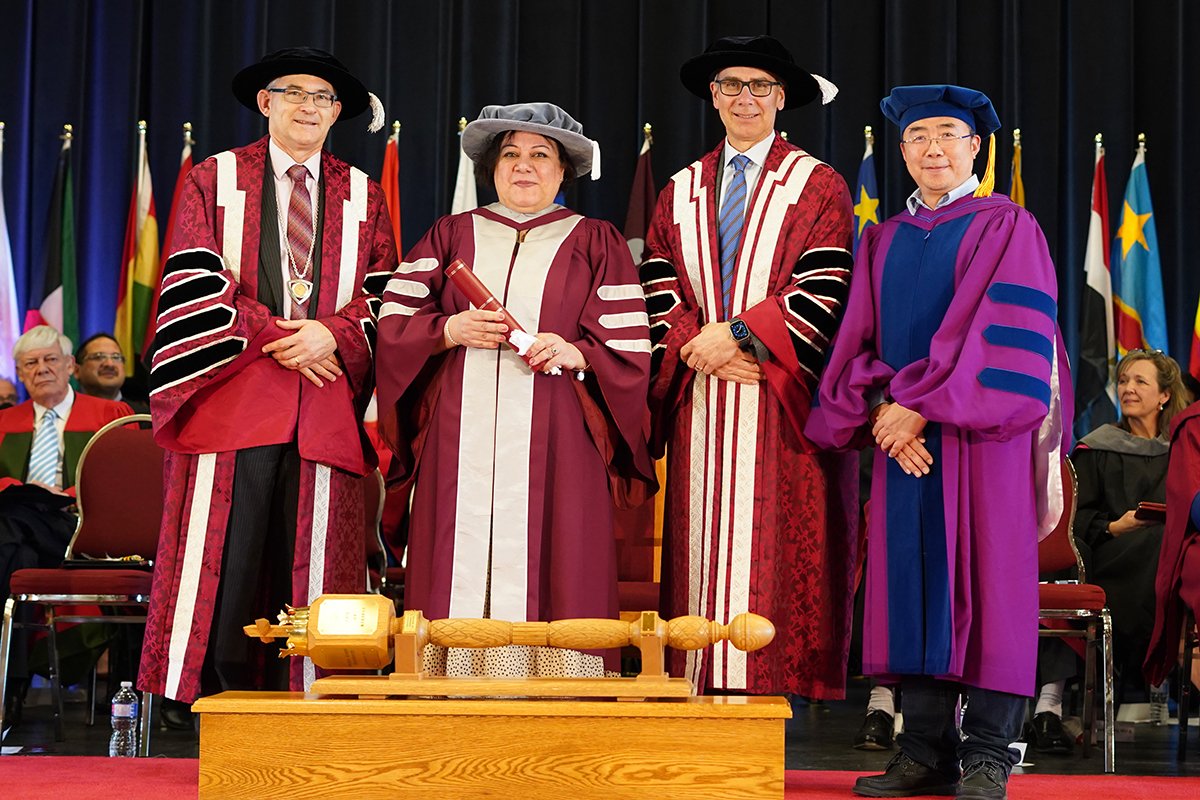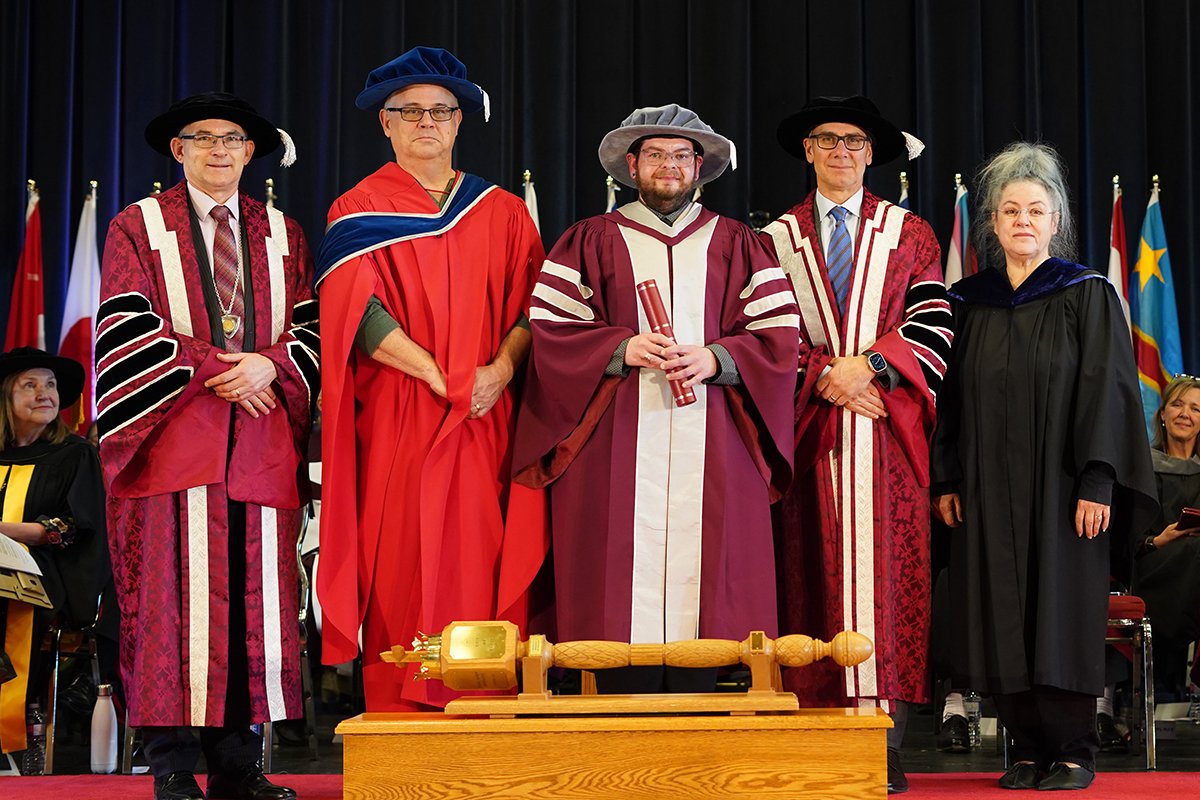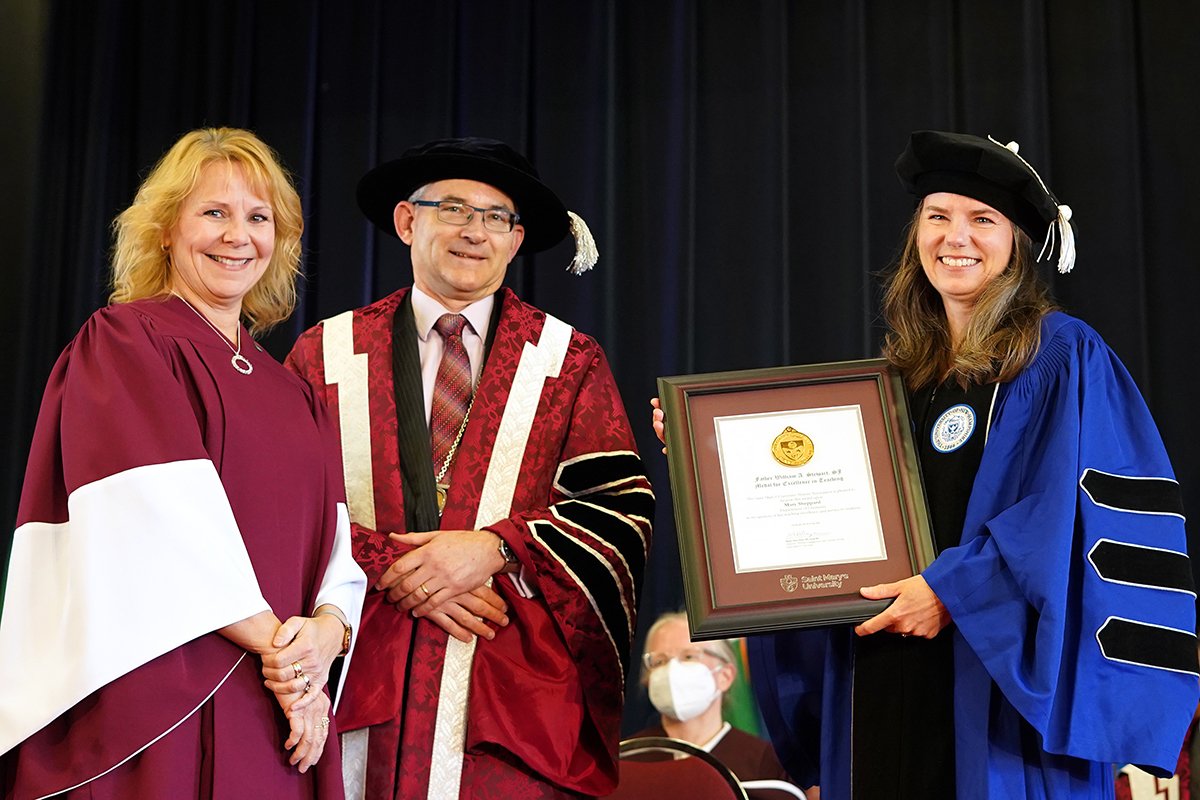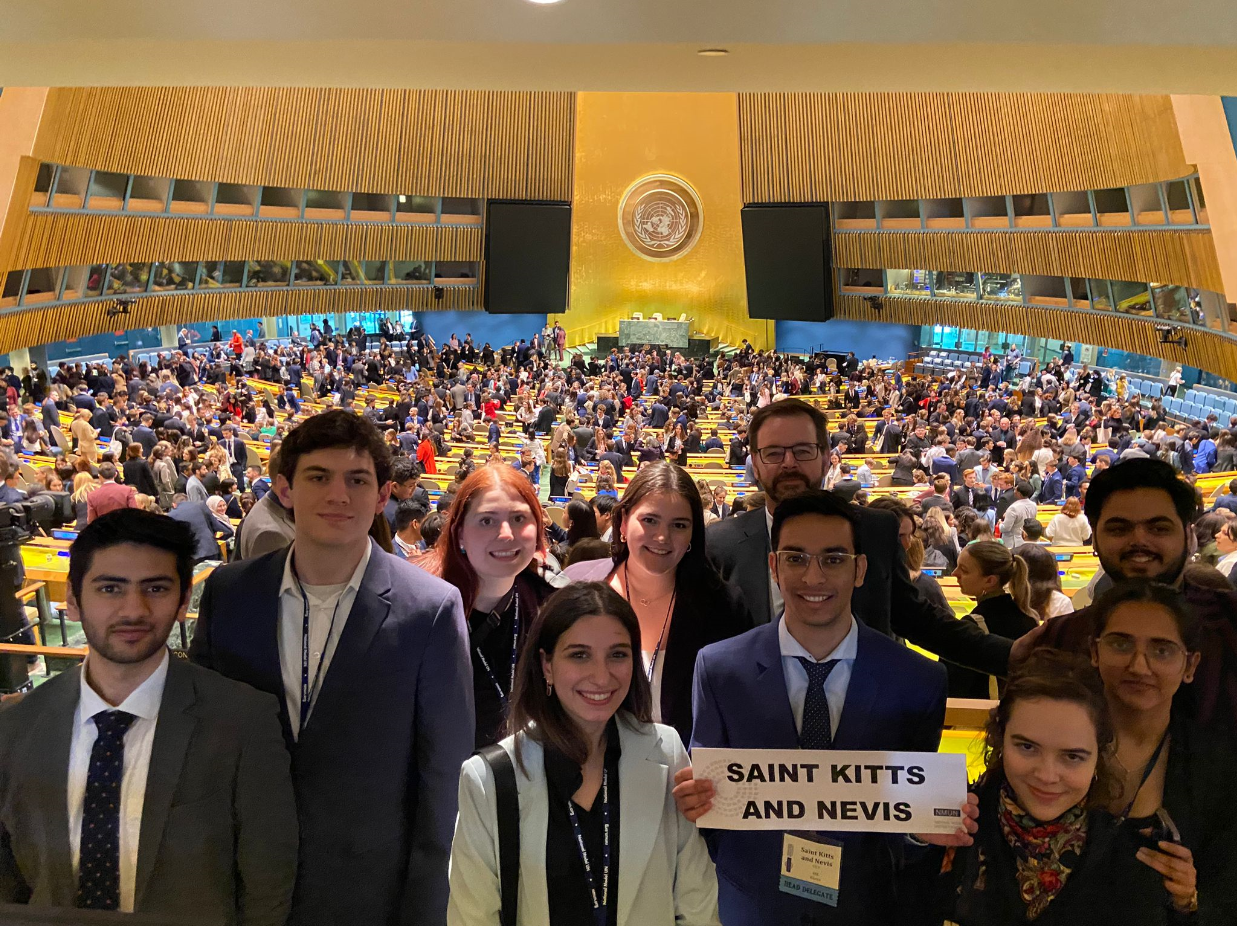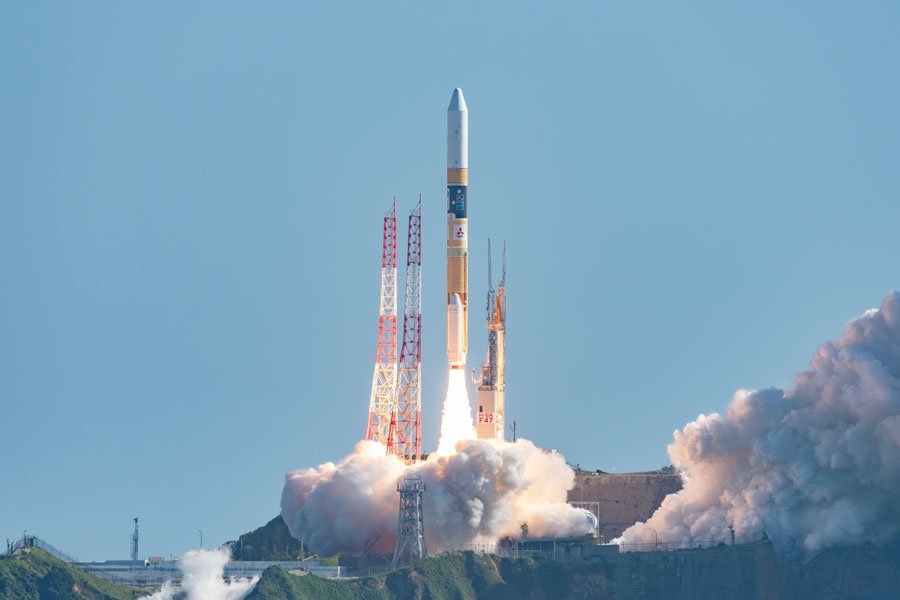

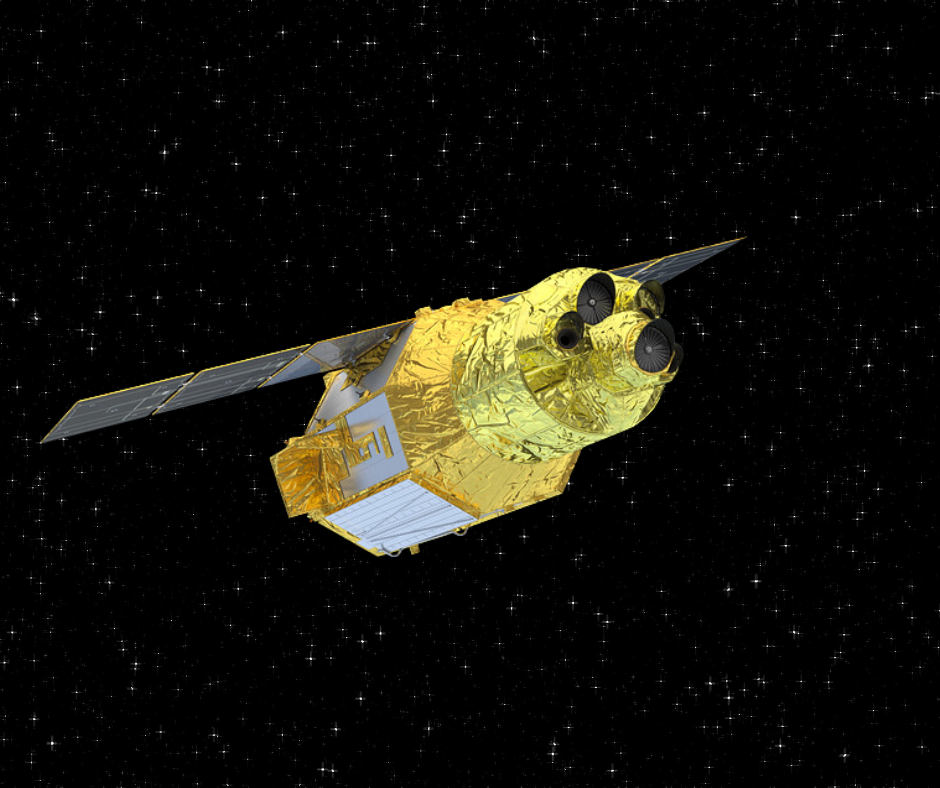
High-energy astronomy mission will further understanding of the extreme universe
Saint Mary’s professor Dr. Luigi Gallo is one of two Canadians involved in an exciting new three-year mission, a collaboration led by JAXA (Japan Aerospace Exploration Agency) with important contributions from NASA (National Aeronautics and Space Administration) and the European Space Agency.
On Wednesday, September 6 at 8:42:11 p.m. ADT, a powerful satellite called XRISM (X-ray Imaging and Spectroscopy Mission) was launched on a rocket from the Tanegashima Space Center in Japan.
This new space observatory will contain two scientific instruments: Resolve, an X-ray spectrometer contributed by NASA; and Xtend, an X-ray imager. Some filter calibration for Resolve was carried out by NASA at the Canadian Light Source, a synchrotron facility in Saskatoon, SK.
XRISM is eight meters long, with the telescopes mounted at one end focusing X-ray light onto the detectors at the other end. To study X-ray sources in the universe, the XRISM satellite must be launched into space above the atmosphere, as X-rays cannot penetrate Earth’s atmosphere. XRISM was launched into space on the JAXA HII-A rocket; it will take several months to get it tested and calibrated before science data starts flowing.
The mission itself is essentially going to look at X-ray spectra with very high resolution—analogous to seeing very fine differences in the colours of optical light we can see with our eyes, explains Dr. Gallo. X-rays are a high-energy form of light that is undetectable to the human eye. The regions around black holes, as well as massive stars, supernovae and clusters of galaxies all emit X-rays.
Dr. Luigi Gallo
“The X-rays are basically produced in the hottest and most volatile environments in the universe,” says Dr. Gallo. “We’re studying extreme events like black holes, neutron stars, supernovas, and giant galaxy clusters. I’m looking at the black holes. That's what I study, and I'm looking at the X-rays coming from the regions closest to the black hole—basically, the material just before it disappears and falls beyond the black hole event horizon.”
Because these extreme events can’t be replicated in laboratories on Earth, these missions are crucial to furthering our understanding of the universe.
“We’re looking at extreme gravity, extreme temperatures, and huge magnetic fields—you can't produce those kinds of environments on Earth,” explains Dr. Gallo. “You can't study the physics and understand what happens to matter under those extreme conditions. The only way we can do that is by looking out into space.”
This work done by scientists on this mission, the previous 2016 Hitomi (ASTRO-H) satellite mission and others, pushes the limits of our understanding, and it’s important for generations to come.
“In science, we are always building on our current understanding,” says Dr. Gallo. “What we're doing today is building on the successes, and failures, of previous work over the past centuries, and we're just taking one relatively small step forward. As revolutionary as XRISM will be, ultimately, it’s one step forward that future generations will build on. There are always bigger things to come.”
Dr. Gallo completed his PhD at the prestigious Max Planck Institute in Garching, Germany, followed by postdoctoral research in Japan. He later joined the Saint Mary’s faculty and works with the Canadian Space Agency. He has been a professor in the Department of Astronomy and Physics at Saint Mary’s University since 2007. As part of the XRISM program at Saint Mary’s, graduate student Margaret Buhariwalla and postdoc Dr. Adam Gonzalez have also been able to participate in this research with Dr. Gallo.
Related links:


